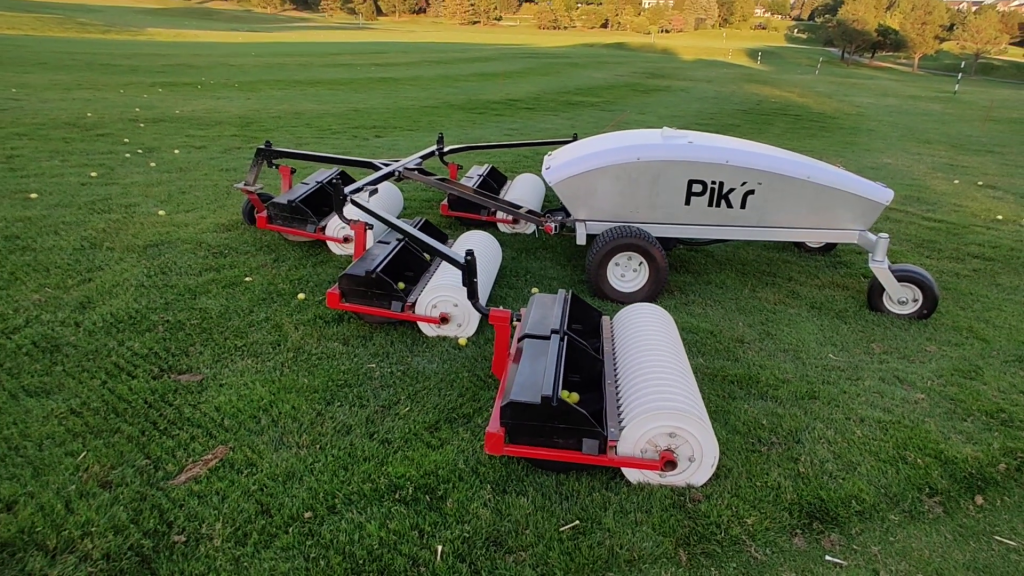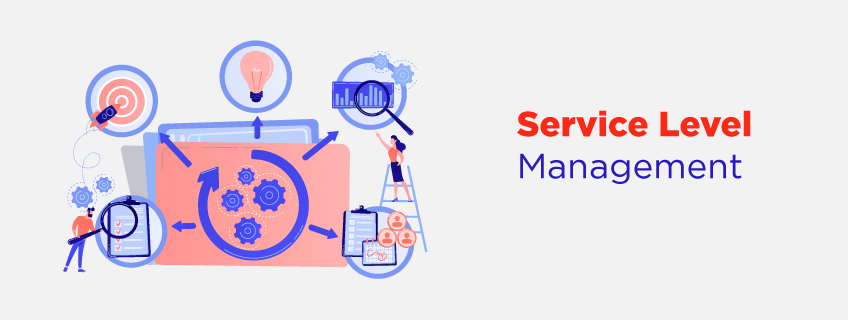Golf, with its meticulous attention to detail and reverence for tradition, is increasingly embracing modern technology to enhance the experience for players and course managers alike. Among the innovations making waves in the golf industry, the Range Picker stands out as a pivotal tool in revolutionizing golf driving range efficiency. This piece talks about how Range Pickers work, their benefits, and their effects. It also looks at how these automated systems are changing the way golf courses are managed.
Evolution Of Golf Course Management
Golf courses have evolved significantly over the decades, not just in terms of design and playability but also in how they are maintained and managed. Traditional methods of ball retrieval involved manual labor, where workers would manually collect golf balls scattered across the range. This process, while essential, was labor-intensive, time-consuming, and sometimes hazardous due to the repetitive nature of the task.
As golf gained popularity and courses expanded, the need for more efficient methods of maintenance became apparent. This led to the development of automated solutions, with the Range Picker emerging as a game-changer in golf course management.
What Is A Range Picker?
A range picker is a specialized equipment designed to collect golf balls from the driving range efficiently. These range pickers are usually pushed by gas or diesel-poweredvehicle, which must be driven at a low speed to prevent damage to the range picker.
A Golf Ball Picking Robot is designed automate existing (like the Pik’r-Alpha), or purpose-built range pickers (like the Pik’r-1500). They are usually electric for quiet operation and minimal environmental impact, reflecting the growing emphasis on sustainability in golf course management. These robots navigate across the driving range and collect golf balls, which are brought back to a “Home” location for manual or automatic emptying. These robots are fitted with sensors like GPS, cameras and LiDARs and software that enables safe navigation, making sure that the whole range is covered while keeping operational time to a minimum.
How Range Pickers Work?
Range Pickers operate on a straightforward principle but incorporate advanced engineering and technology to maximize efficiency. Here’s a basic overview of how they work:
Navigation And Route Optimization: Modern Range Pickers use GPS technology to navigate the driving range efficiently. This ensures that every area of the range is covered, minimizing the risk of missed balls.
Ball Collection Mechanism: The heart of a Range Picker lies in its collection mechanism. Most range pickers have a series of parallel discs, usually made of a plastic material, this contraption scoops up golf balls and a mechanical comb pulls out the balls to deposit them into a collection bin or baskets.
Safety Features: Safety is paramount in golf course operations. Range Pickers are equipped with sensors and alarms to prevent collisions with golfers or other obstacles on the range, ensuring a safe working environment.
Benefits Of Using Range Pickers
The adoption of Range Pickers brings numerous benefits to golf course operators, players, and the environment:
Increased Efficiency: Range Pickers operate much faster than manual collection methods, reducing the time required to clear the range and allowing more time for other maintenance tasks.
Cost Savings: While initial investment costs may be significant, Range Pickers reduce labor costs over time by minimizing the need for manual ball collection.
Improved Player Experience: A clean and well-maintained driving range enhances the overall experience for golfers, contributing to customer satisfaction and retention.
Environmental Sustainability: Electric-powered Range Pickers produce fewer emissions and noise compared to traditional maintenance vehicles, aligning with golf courses’ efforts to reduce their carbon footprint.
Data Collection And Analysis: Some more modern Range Pickers can collect data, which can help course managers figure out how to run their businesses more efficiently by giving them information about how the equipment is used.
Future Trends And Innovations
Looking ahead, the future of Range Pickers in golf course management appears promising. Innovations such as artificial intelligence (AI) integration for real-time data analysis and robotic enhancements for even greater autonomy are on the horizon. These advancements promise to further streamline operations and enhance the sustainability of golf courses worldwide.
Conclusion
In conclusion, Range Pickers represent a significant leap forward in golf course management, combining efficiency, sustainability, and technological innovation. As the golf industry continues to evolve, these automated systems will play an increasingly crucial role in maintaining high standards of course maintenance while enriching the overall golfing experience for players. Embracing Range Pickers is not just about efficiency—it’s about embracing the future of golf course management.
Whether you’re a golf course operator looking to streamline operations or a golfer enjoying the benefits of a well-maintained driving range, the impact of Range Pickers is undeniable. By embracing these technologies, golf courses are not only improving their bottom line but also contributing to a greener, more enjoyable future for the sport.


